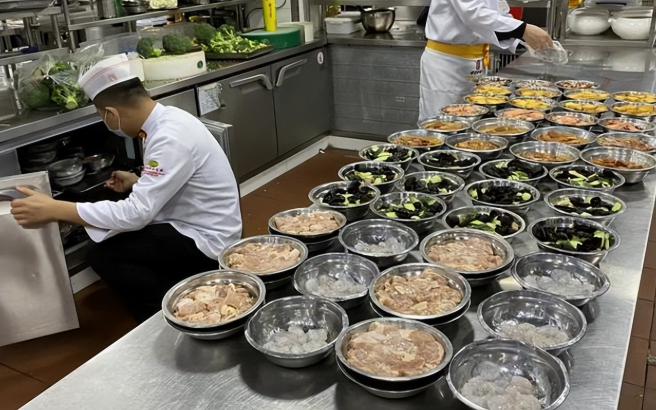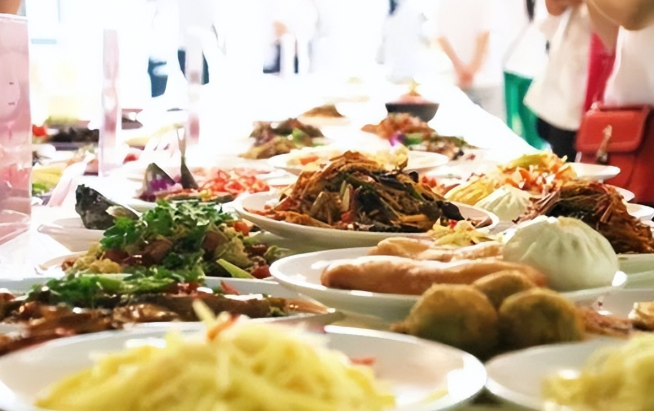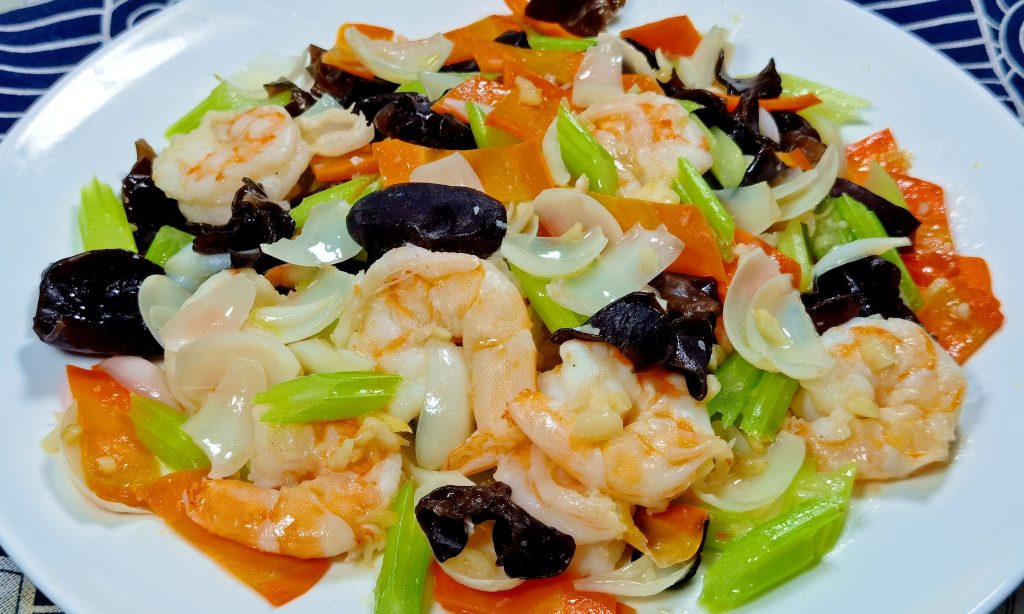Recently, “pre-packaged meals” have been dominating hot search trends, with countless restaurants, including well-known brands, caught in the spotlight. But what’s driving the buzz, and why are netizens so vocal? Many say: “We’re not afraid of pre-packaged meals—what worries us most is something else.”
What Are Pre-Packaged Meals?
Pre-packaged meals, also known as pre-prepared or ready-to-cook foods, are made from one or more ingredients, processed industrially with seasonings and other additives. In simple terms, they’re factory- or kitchen-prepared dishes that require minimal cooking or can be eaten straight from the package.

Not all pre-packaged meals are the same. They fall into four categories based on processing and preparation:
- Ready-to-Eat Foods: No cooking needed—open and eat. Examples include canned goods, instant salads, and marinated snacks.
- Ready-to-Heat Foods: Require heating, common in convenience stores, fast-food chains, train meals, or airline catering.
- Ready-to-Cook Foods: Pre-washed, cut, and seasoned, needing only final cooking. Think marinated steaks or half-finished dishes like Yuxiang pork or Kung Pao chicken.
- Ready-to-Prep Foods: Basic cleaning and cutting done, but no seasoning or cooking. Examples are pre-sliced potatoes or carrots.
Are Pre-Packaged Meals Healthy?
The healthiness of pre-packaged meals depends on their pros and cons, and it’s not a black-and-white issue.

Benefits
For products from reputable manufacturers, pre-packaged meals follow strict production and quality control standards, reducing risks like cross-contamination or microbial growth common in home kitchens. For those who cook with heavy oil or salt, pre-packaged meals with fixed portions can be healthier. Many also list calories and nutritional content, offering clear guidance for weight-conscious eaters.
Risks
Long-shelf-life pre-packaged meals pose health concerns. To extend shelf life, manufacturers often add high-sodium seasonings, increasing risks of hypertension, high cholesterol, diabetes, and cardiovascular diseases. Some meat dishes are high in fat to enhance texture. Additives like antioxidants, water-retaining agents, flavor enhancers, and colorings are common, and nutrient loss during processing is a significant issue.

The Verdict
Freshly cooked meals are the healthiest option, but pre-packaged meals can be a practical choice if selected wisely. Mass-produced options are often cost-effective, but some are pricier and lackluster in taste, requiring careful consideration.
Netizens’ Real Concern
The biggest worry isn’t the concept of pre-packaged meals—it’s transparency and quality. Netizens fear being overcharged for subpar products disguised as premium, or worse, consuming meals with excessive additives or compromised safety. The “IQ tax” sentiment reflects frustration with brands that prioritize profit over quality, leaving consumers questioning what they’re really eating.
When choosing pre-packaged meals, check for reputable brands, read ingredient lists, and prioritize fresher, minimally processed options. Done right, these meals can save time without sacrificing health—but vigilance is key.



